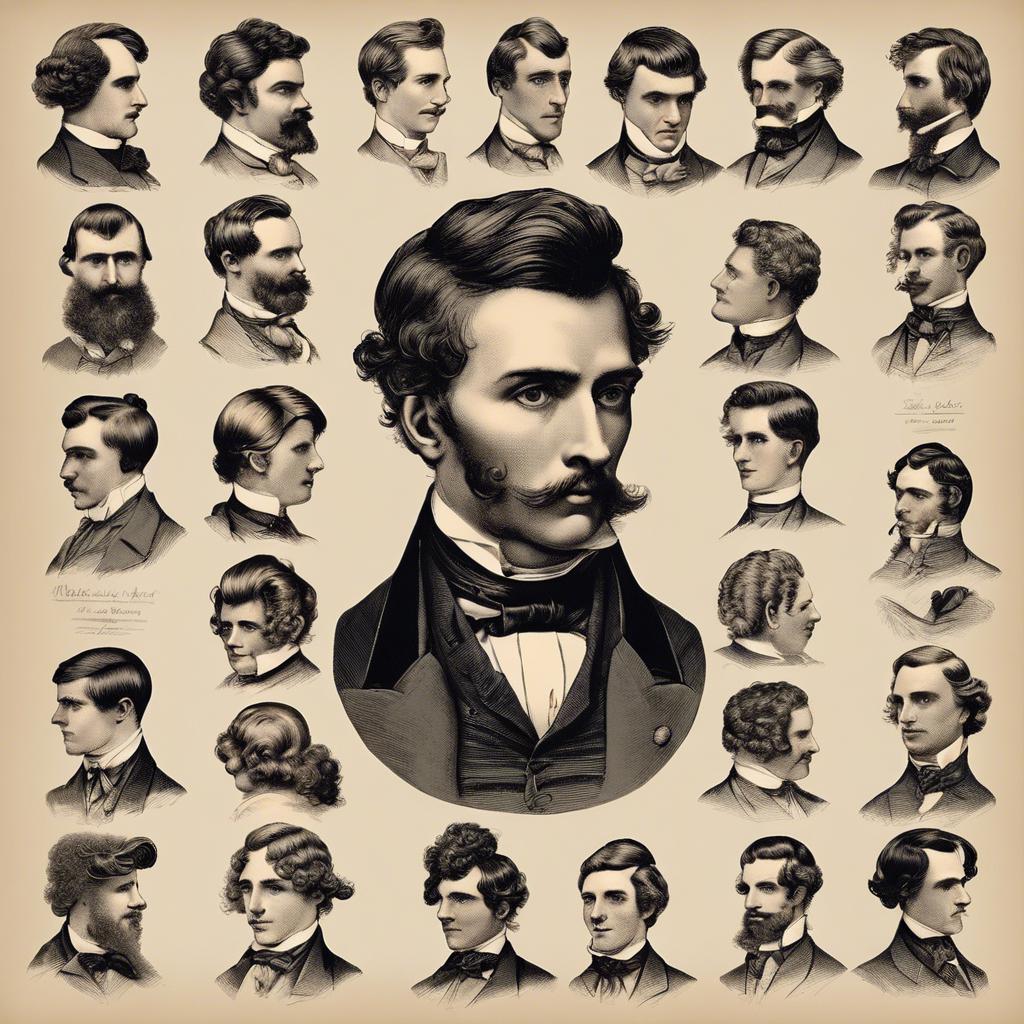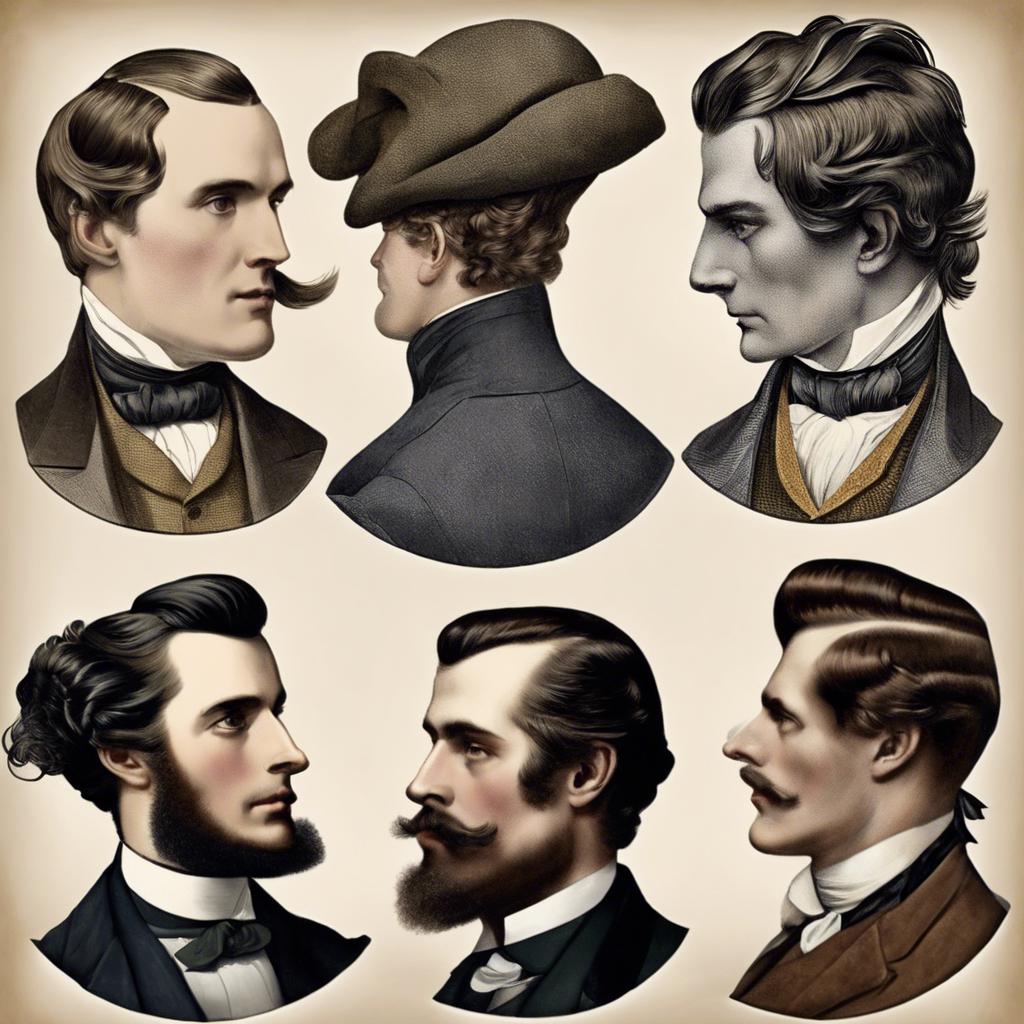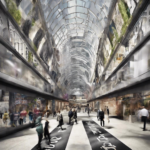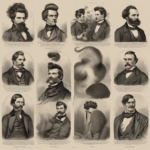During the 19th century, men’s hairstyles underwent a significant evolution, reflecting the changing societal norms and fashion trends of the era. From the elaborate coiffures of the early 1800s to the more subdued and structured looks of the later decades, hairstyles played a crucial role in defining masculinity and social status. In this article, we will delve into the fascinating world of men’s hairstyles in the 1800s, exploring the various trends, influences, and cultural significance behind these iconic looks.
Step Into the World of Cheryl Bolen
Dive into the enchanting stories of love, intrigue, and elegance set in the Regency Era. Cheryl Bolen's novels offer timeless romance and captivating tales that will leave you wanting more.
Explore Cheryl Bolen's Books Now
Introduction to Mens Hairstyles in the 1800s
In the 1800s, men’s hairstyles went through significant changes and trends that reflected the societal norms and values of the time. From the elaborate wigs of the early 19th century to the more natural and relaxed looks towards the end of the century, men’s hairstyles evolved alongside fashion and culture.
One popular hairstyle for men in the early 1800s was the “Titus” cut, inspired by Roman styles with short, cropped hair that was combed forward. This style was often paired with sideburns and a clean-shaven face, creating a sophisticated and refined look. Another trend during this time was the use of pomade and oil to slick back the hair for a sleek and polished appearance.
As the century progressed, men’s hairstyles became more relaxed and natural, with the introduction of the “gibson girl” style in the late 1800s. This look featured longer, wavy hair that was often styled with a center part and soft curls framing the face. Men also began growing out their facial hair, with mustaches and beards becoming increasingly popular among all social classes.
Popular Hair Trends Among Men in the 1800s
In the 1800s, men’s hairstyles underwent significant changes and evolved with the fashion trends of the time. One popular hair trend among men during this era was the adoption of the “Grecian” or “Roman” hairstyle. This style featured long, flowing locks that were often styled with curls or waves to emulate the aesthetic of ancient Greek and Roman sculptures.
Another favored look among men in the 1800s was the sleek and sophisticated “pompadour” hairstyle. This style involved slicking back the hair on the sides while leaving a voluminous mound of hair on top, creating a dramatic and elegant silhouette. The pompadour was often worn with a deep side part, adding a touch of refinement to the overall appearance.
Additionally, the “mutton chops” hairstyle gained popularity among men in the 1800s. This bold look involved growing out sideburns that extended down to the jawline and were often styled to be thick and prominent. Mutton chops were seen as a symbol of masculinity and strength, and were favored by many prominent figures of the time, including politicians and military leaders.
Influential Figures and Icons of Mens Hairstyles in the 1800s
| Name | Hairstyle |
|---|---|
| Beau Brummell | Neatly combed and styled side-parted hair |
| Frederick Douglass | Afro-textured hair worn in a natural style |
Throughout the 1800s, there were several influential figures and icons who set the trends for men’s hairstyles. One such figure was Beau Brummell, an English dandy known for his impeccable sense of style. Brummell popularized the side-parted hair look, which involved neatly combed and styled hair that exuded sophistication and elegance.
Another notable figure of the 1800s was Frederick Douglass, a prominent abolitionist and social reformer. Douglass embraced his natural Afro-textured hair and wore it proudly in a simple yet powerful style. His bold choice to embrace his natural hair inspired many others to do the same, challenging conventional beauty standards of the time.
These influential figures not only shaped men’s hairstyles in the 1800s but also left a lasting legacy that continues to inspire modern-day trends. Their iconic looks served as a reflection of their personalities and beliefs, making them true pioneers in the world of fashion and grooming.
Recommendations for Recreating 1800s Mens Hairstyles
In order to authentically recreate 1800s mens hairstyles, it is essential to pay close attention to historical accuracy and details. One popular style during this time period was the “Gentleman’s Crop,” a short, tidy haircut that was often styled with pomade or tonic to create a sleek look. To achieve this hairstyle, consider visiting a barber who specializes in vintage cuts or investing in high-quality grooming products.
Another iconic look from the 1800s is the “Victorian Slick Back,” a hairstyle characterized by smoothly brushed back hair with a deep side part. This style exudes sophistication and elegance, making it a perfect choice for formal occasions or historical reenactments. To achieve the Victorian Slick Back, use a comb to create a clean part and apply a generous amount of hair gel or pomade to keep the hair in place.
For those who prefer a more casual look, the “Wild West Curls” hairstyle offers a rugged and adventurous aesthetic. This style features long, flowing locks with natural waves or curls, reminiscent of the rugged cowboys and frontiersmen of the American West. To replicate this look, allow your hair to grow out and use a styling product to enhance the natural texture and volume of your curls. Embrace the untamed spirit of the Wild West with this effortlessly cool hairstyle.
In Conclusion
the hairstyles of the 1800s for men reflected the changing fashions and societal norms of the time. From the elaborate wigs of the aristocracy to the clean-cut looks of the working class, hair was not just a functional aspect of grooming but a symbol of status and identity. By examining the various trends and influences of the 19th century, we gain a deeper understanding of the cultural significance of men’s hairstyles throughout history. As we continue to explore the evolution of fashion and grooming practices, we can appreciate how the past continues to shape our present perceptions of style.


